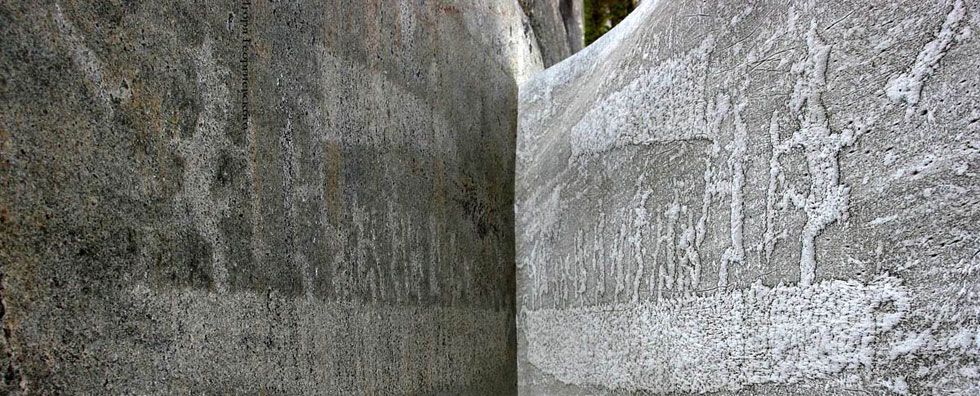
Выпуск №1, Т. 13
Saastamoinen O. Natural resources and ecosystem services – a conceptual and contents account // Resources and Technology. 2016. №1, Т. 13. С. 64–85.
DOI: 10.15393/j2.art.2016.3321
Natural resources and ecosystem services – a conceptual and contents account
| Saastamoinen O. | School of Forest Sciences, University of Eastern Finland, olli.saastamoinen@uef.fi |
|
Ключевые слова: Natural resource classifications non-tangible natural resources CICES regulating and maintenance services cultural services integrated classifications O.S. Owen N.F. Reimers |
Аннотация: Besides a tidal wave of research outputs, ecosystem services (ES) has brought also classifications, suggesting indirectly, that the material natural resource (NR) classifications have not caught all forms of human-nature interactions, important for human welfare. As there are traditions in NR literature to include also non-tangible NR, this paper assess differences, commonalities and types of novelty values ES concept has brought into wider understanding on NR. The contents of two advanced, but not new to have a time scale, NR classifications (by Owen 1971and Reimers 1990) and the recent Common International Classification of ES (CICES) were compared. The definitional difference between NR and ES is that the latter are related to ecosystems only. The basic commonality is that provisioning ES, i.e. nutritional, material and energetic outputs correspond closely to the biotic NR. The novelty values of ES are usually thought to be regulating and cultural ES. Owen’s NR has only a minor connection to ES but Reimers’s NR includes many connections to the regulating ES categories of CICES. In cultural ES Owen has much and Reimers very much connections to CICES categories. While the connections of NR into ES categories are general and leave room for interpretations, it is concluded that Owen’s classification of NR responds at least satisfactorily, and Reimers’ NR classification rather well to the general contents of CICES (2013). ES have thus some history in the advanced NR classifications. Also the historical role of forest science and forestry in an early identification of services and processes now known as ES is briefly discussed as well perspectives to the development of wider integrated classifications. The epilogue include other views on future. |
Просмотров: 2837; Скачиваний: 3147;




